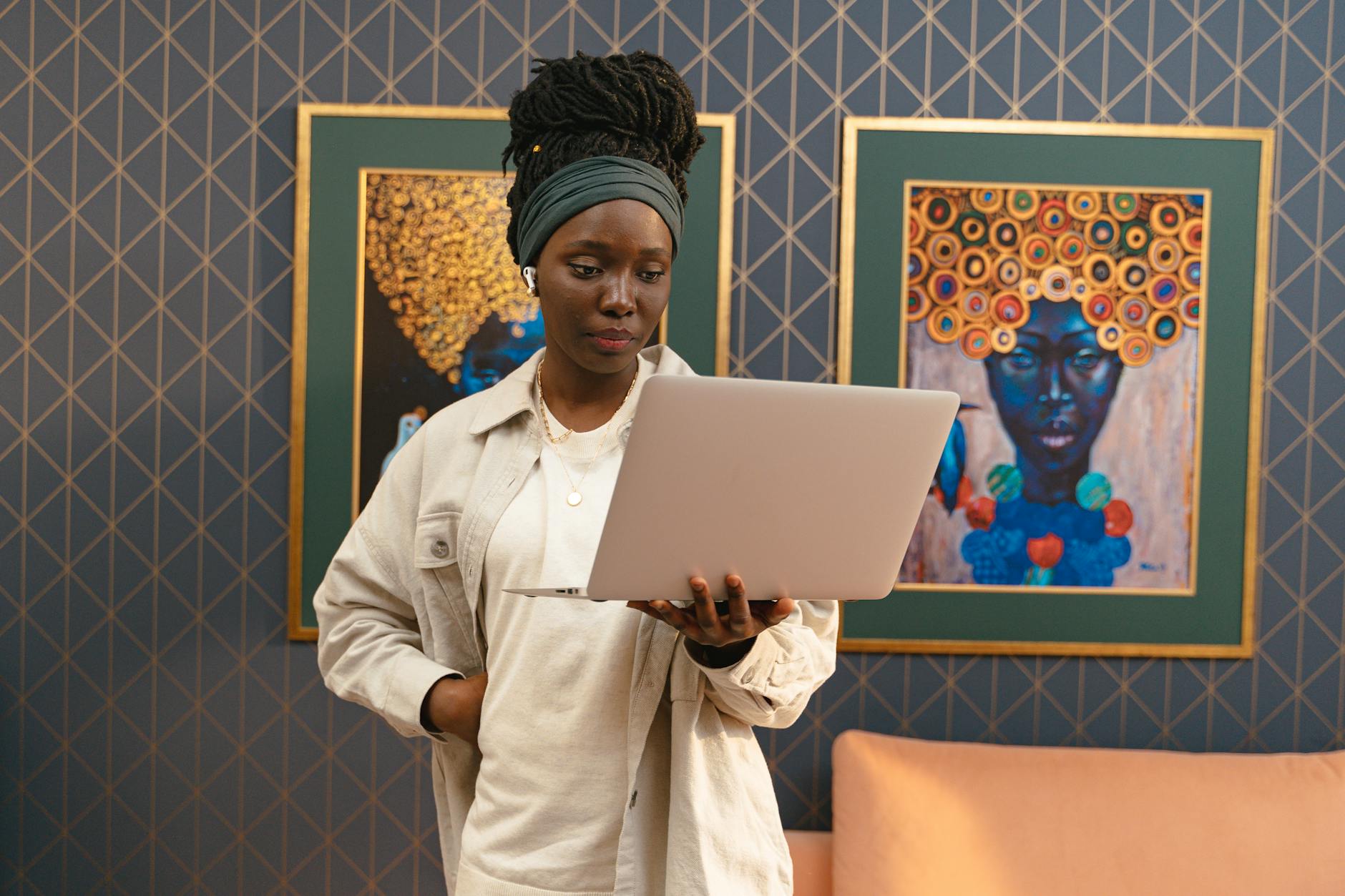Is Australia Leading the Charge in Telehealth Technology?

Australia’s Telehealth Landscape
Australia’s telehealth landscape represents the convergence of healthcare and technology, pushing the boundaries of innovation. As a visionary software engineer, I recognise this as an era ripe with opportunity. The digital transformation has ushered in significant developments, particularly with services like telehealth GP appointment systems that are increasingly vital in today’s healthcare infrastructure. These innovative solutions have taken centre stage, especially in bustling environments such as the Melbourne Central co-working hubs, bringing convenience and accessibility to the forefront.
Government initiatives have been pivotal in expanding telehealth capabilities. By embracing advanced technology, these programs aim to improve the reach and efficiency of healthcare services across Australia. Moreover, platforms allowing seamless integration for after hours clinic consultations are becoming more straightforward and user-friendly.
From a tech standpoint, it's essential to focus on intuitive user interface design to ensure these systems are accessible to a broad demographic, including both the tech-savvy and those less familiar with digital platforms. Streamlined, easy-to-navigate interfaces foster user engagement and ensure the effectiveness of telehealth services. This aligns with the ongoing developments of tech events at the Melbourne Convention and Exhibition Centre, where the focus is on making healthcare more inclusive.
In this evolving landscape, we see an invigorating blend of technology and healthcare—a synthesis encouraging digital advancements while promoting an effective healthcare system in Australia.
Cutting-Edge Technologies
AI and Machine Learning Applications
As a software engineer passionate about telehealth innovation, I can see the transformative potential of artificial intelligence and machine learning in healthcare. These technologies are actively shaping the future of telehealth by offering predictive analytics, personalising patient care, and optimising resource allocation. For instance, AI-driven platforms can analyse patient data to predict potential health issues, enabling preemptive interventions. Incorporating seamless user interface design is vital to ensure these applications provide intuitive user experiences that facilitate healthcare accessibility telehealth Medicare.
IoT in Remote Monitoring
Imagine the possibilities when integrating IoT with telehealth—real-time monitoring of patients' vital signs and seamless data transmission to healthcare providers. This integration empowers remote specialists with timely information, ensuring rapid responses to health fluctuations. In bustling tech spaces like Melbourne's Central co-working hubs, we continuously tackle the integration challenges, focusing on secure and reliable data networks. This approach guarantees that healthcare technology remains efficient, secure, and robust telehealth Perth.
Blockchain for Data Security
In our quest to enhance telehealth security, blockchain emerges as a promising solution for maintaining data integrity and confidentiality. By offering a decentralised ledger, blockchain ensures that patient data remains immutable and tamper-proof, addressing significant concerns around data breaches. To facilitate this, platforms must prioritise a balance between innovation and compliance with healthcare data regulations. Emphasizing blockchain's potential, telehealth can secure patient data while maintaining the flexibility needed to adapt to a rapidly evolving tech landscape.
Challenges Facing Telehealth
Regulatory Hurdles
Navigating the intricate regulatory landscape surrounding telehealth in Australia often feels like moving through a labyrinth. Many developers and healthcare professionals encounter obstacles when aligning innovative telehealth solutions with existing Medicare policies. Understanding these complexities is essential, especially for tech professionals hoping to provide GP after hours access through digital platforms. Regulatory constraints often slow down the implementation process, creating hurdles for even the most pioneering applications.
Maintaining Data Privacy
Data privacy is a paramount concern, particularly when dealing with sensitive healthcare information. The integration of technologies like Medicare telehealth demands robust security measures to protect user data from breaches. Ensuring compliance with Australian data protection laws is necessary, but it requires constant evaluation and updating of security protocols. For developers, focusing on efficient encryption methods and secure data storage solutions is vital to maintaining trust among users.
User Experience Concerns
Despite technological advances, user experience remains a crucial factor in telehealth adoption. Designing an intuitive interface that seamlessly guides users across features is essential. In Melbourne's vibrant tech community, especially among spaces like the Melbourne Central co-working hubs, there's a strong emphasis on improving user interface design. Incorporating user interface design tips, such as clear navigation and responsive layouts, can significantly enhance the user's interaction with telehealth applications. Prioritising user feedback helps refine these platforms, ensuring they meet the needs of diverse users and align with real-world healthcare practices.
Successful Implementations
Case Studies from Urban Areas
In the bustling tech ecosystem of Melbourne, several urban case studies highlight how effective telehealth implementations can transform healthcare delivery. Key projects emerging in areas like the Melbourne Docklands tech precinct underscore the potential of telehealth services to streamline patient care. In urban settings, integrating telehealth into existing healthcare frameworks has fostered more convenient access to care through telehealth appointments. These innovative approaches are also bolstered by strong network infrastructures that ensure seamless connectivity for users.
Innovations in Rural Outreach
Looking beyond metropolitan hubs, telehealth innovations are making a substantial impact on rural healthcare. Services such as GP home visit Perth, equipped with robust online platforms, have revolutionised access to medical care in remote areas. By employing a user-focused interface, these platforms tackle unique logistical challenges, ensuring that technical solutions are practical and user-friendly for healthcare providers and patients alike. Bridging the urban-rural divide, telehealth fosters equitable healthcare access across Australia.
Feedback from Healthcare Providers
Healthcare providers have shared compelling feedback on telehealth's role within their practice. Collaborative spaces, like those offered at Melbourne Central co-working hubs, facilitate ongoing dialogue between tech professionals and healthcare providers. By integrating insights from frontline medical staff, telehealth solutions are improved to address practical concerns and enhance the overall user experience. Such open forums enable developers to refine their applications, reinforcing the essential role of direct feedback in shaping the future of healthcare technology.
Avoiding Common Mistakes in Telehealth Integration
Prioritising User Interface Design
In the buzz of digital innovation, we often overlook the necessity of seamless user interface design in telehealth platforms. A crucial task is to balance functionality with ease of use, drawing inspiration from the fluid interactions observed in Melbourne's startup culture at the Melbourne Central co-working hubs. Our design should mimic this, ensuring that patients, regardless of their tech-savviness, can effortlessly navigate telehealth services. Visually intuitive elements, clear icons, and straightforward navigation paths are essential. User testing sessions during tech events at the Melbourne Convention and Exhibition Centre can provide valuable insights, letting us refine the interface based on real feedback.
Valuing Patient Feedback
Feedback is the compass guiding product development. When we ignore this critical input, we miss out on pivotal improvements. Strategically, embedding feedback loops within our telehealth platforms allows us to iterate swiftly and effectively. Leveraging modern surveying tools, we can gather user insights promptly. Innovative spaces in the Docklands tech precinct often showcase agile methodologies—telehealth services can emulate this approach to ensure platforms evolve in direct response to patient needs.
Understanding Compliance Needs
Underestimating compliance can derail even the most advanced telehealth systems. In the rapidly evolving regulatory environment, particularly within Australia's frameworks, comprehensive understanding is imperative. Compliance encompasses data protection laws and local healthcare standards, so a visionary approach is proactive rather than reactive. Resources from tech workshops, like those at the Melbourne Convention and Exhibition Centre, can keep us informed and aligned with industry standards. Engaging with local experts ensures that we are not just meeting the minimum requirements, but setting a benchmark in responsible telehealth development.


